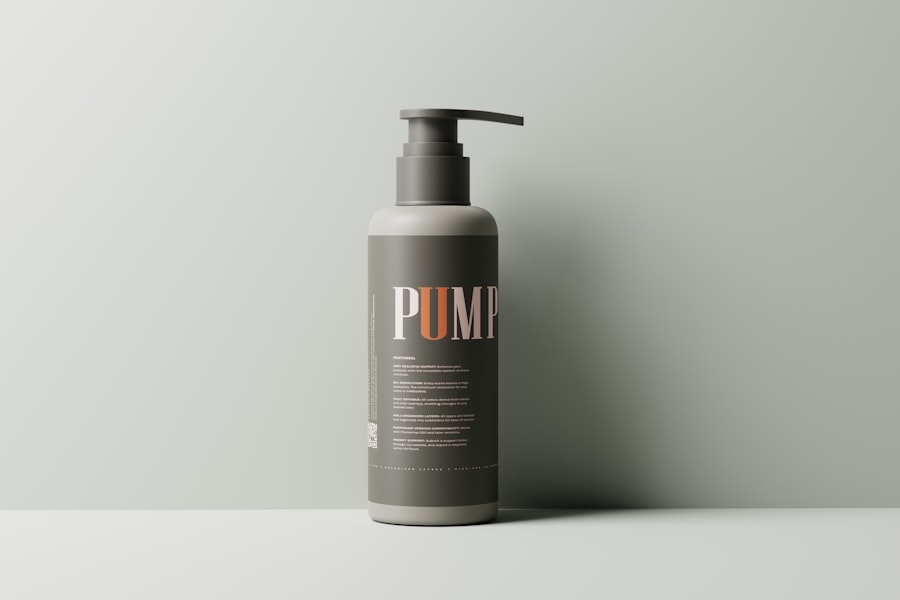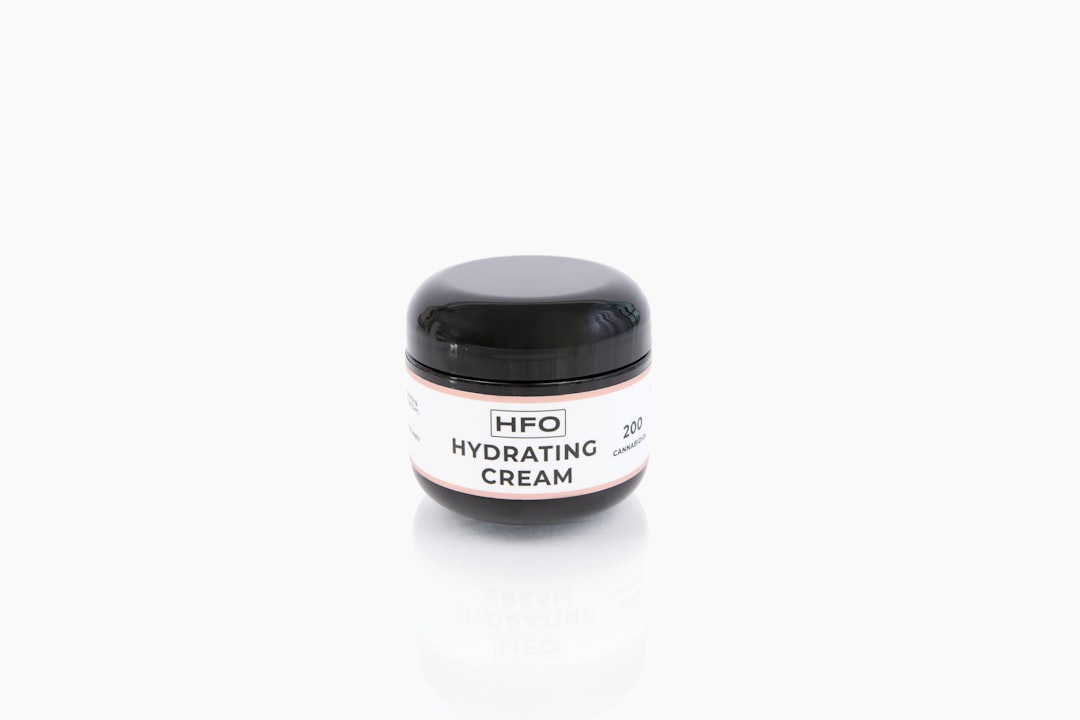As you embark on your journey toward smoother skin, the first step is to prepare adequately for your laser hair removal treatment. This process begins well before you step into the clinic. You should schedule a consultation with a qualified practitioner who can assess your skin type, hair color, and overall health to determine if you are a suitable candidate for the procedure.
During this initial meeting, you will have the opportunity to discuss your goals and expectations, allowing the practitioner to tailor the treatment plan specifically for you. In the weeks leading up to your appointment, it’s essential to avoid sun exposure and tanning beds. The reason for this is that tanned skin can increase the risk of complications during the procedure.
Additionally, you should refrain from waxing, plucking, or using depilatory creams for at least four weeks prior to your treatment. These methods can remove the hair follicle, which is necessary for the laser to target effectively. Instead, shaving is recommended as it leaves the hair shaft intact while allowing the laser to penetrate the follicle.
By following these guidelines, you set yourself up for a successful and effective laser hair removal experience.
Key Takeaways
- Shave the treatment area before laser hair removal to ensure the best results
- During the treatment, expect a mild discomfort and a slight burning sensation
- After the treatment, avoid sun exposure and apply soothing creams to the treated area
- Manage discomfort and side effects with cold compresses and over-the-counter pain medication
- Protect your skin from sun exposure by using sunscreen with a high SPF and wearing protective clothing
What to Expect During the Treatment
On the day of your laser hair removal appointment, you may feel a mix of excitement and nervousness. As you arrive at the clinic, you will likely be greeted by friendly staff who will guide you through the process. Before the treatment begins, your practitioner will provide protective eyewear to shield your eyes from the laser light.
They may also apply a cooling gel or numbing cream to minimize any discomfort during the procedure. This preparation helps ensure that you feel as comfortable as possible while undergoing treatment. Once everything is set up, the practitioner will use a handheld device to deliver laser energy to the targeted areas of your skin.
You might experience a sensation similar to a rubber band snapping against your skin, but this is typically brief and manageable. The duration of the treatment will depend on the size of the area being treated; smaller areas like the upper lip may take only a few minutes, while larger areas like the legs could take up to an hour. Throughout the session, your practitioner will monitor your comfort level and adjust the settings as needed to ensure optimal results.
Post-Treatment Care Instructions

After your laser hair removal session, it’s crucial to follow specific post-treatment care instructions to promote healing and enhance results. Initially, you may notice some redness or swelling in the treated area, which is entirely normal and should subside within a few hours to a couple of days. To soothe your skin, apply a cool compress or ice pack wrapped in a cloth for short intervals.
This can help alleviate any discomfort and reduce inflammation. In addition to cooling your skin, it’s essential to keep the treated area clean and moisturized. Use a gentle cleanser and avoid harsh scrubs or exfoliants for at least a week following your treatment.
Applying a fragrance-free moisturizer can help maintain hydration and support your skin’s recovery process.
Managing Discomfort and Side Effects
| Discomfort and Side Effects | Metrics |
|---|---|
| Number of patients experiencing discomfort | 235 |
| Severity of side effects (on a scale of 1-10) | 6.5 |
| Types of side effects reported | Nausea, fatigue, headache, dizziness |
| Effectiveness of current management strategies | 70% |
While most individuals tolerate laser hair removal well, some may experience mild discomfort or side effects following their treatment. If you find yourself feeling uneasy or experiencing heightened sensitivity in the treated area, over-the-counter pain relievers such as ibuprofen or acetaminophen can be effective in managing discomfort. Always consult with your practitioner before taking any medication to ensure it’s appropriate for your situation.
In rare cases, you might encounter more significant side effects such as blistering or changes in skin pigmentation. If you notice any unusual reactions or if symptoms persist beyond a few days, it’s essential to contact your practitioner promptly.
Remember that open communication with your healthcare provider is key to ensuring a smooth recovery process.
Protecting Your Skin from Sun Exposure
One of the most critical aspects of post-laser hair removal care is protecting your skin from sun exposure. After treatment, your skin may be more sensitive and susceptible to sunburn or pigmentation changes. To safeguard your skin, it’s advisable to avoid direct sunlight for at least two weeks following your session.
If you must be outdoors, wearing protective clothing such as long sleeves and wide-brimmed hats can provide an extra layer of defense. Additionally, applying a broad-spectrum sunscreen with an SPF of 30 or higher is essential when venturing outside. Look for products that are labeled as non-comedogenic and suitable for sensitive skin to minimize irritation.
Reapply sunscreen every two hours, especially if you are sweating or swimming. By taking these precautions, you can help ensure that your skin heals properly while maximizing the benefits of your laser hair removal treatment.
Long-Term Maintenance Tips
Creating a Maintenance Schedule
Once you’ve completed your initial series of laser hair removal sessions, maintaining your results becomes paramount. While many individuals experience long-lasting hair reduction, some may require periodic touch-up treatments to keep unwanted hair at bay. It’s essential to discuss a maintenance schedule with your practitioner based on your individual needs and hair growth patterns.
Skincare Routine for Enhanced Results
In addition to scheduling follow-up appointments, adopting a consistent skincare routine can further enhance your results. Regularly exfoliating the treated areas can help prevent ingrown hairs and promote smoother skin texture. However, be cautious not to over-exfoliate; gentle exfoliation once or twice a week is usually sufficient.
Lifestyle Changes for Healthy Skin and Hair
Staying hydrated and maintaining a balanced diet rich in vitamins and minerals can also support healthy skin and hair growth.
Recommended Skincare Products
Choosing the right skincare products post-laser hair removal can significantly impact your recovery and overall skin health. Look for gentle cleansers that are free from harsh chemicals and fragrances; these will help cleanse without irritating sensitive skin. Additionally, consider incorporating soothing ingredients such as aloe vera or chamomile into your skincare routine to calm any redness or inflammation.
Moisturizers are equally important in maintaining hydration after treatment. Opt for products that contain hyaluronic acid or glycerin, as these ingredients help attract moisture to the skin. If you’re prone to sun exposure, investing in a high-quality sunscreen is non-negotiable; look for formulations that offer both UVA and UVB protection while being suitable for sensitive skin types.
By selecting appropriate skincare products, you can support healing while keeping your skin looking its best.
Follow-Up Appointments and Maintenance Treatments
As you continue on your path toward smooth skin, follow-up appointments play a crucial role in achieving optimal results from laser hair removal. Your practitioner will typically recommend scheduling these sessions every six to twelve months after completing your initial treatment series. This timeline allows them to assess any regrowth and determine if additional treatments are necessary.
During these follow-up visits, be sure to communicate any concerns or changes you’ve noticed since your last appointment. Your practitioner can adjust treatment plans based on your feedback and individual needs, ensuring that you receive personalized care throughout your journey. By staying committed to regular maintenance treatments and open communication with your provider, you can enjoy long-lasting results and maintain beautifully smooth skin for years to come.
After undergoing laser hair removal, it is crucial to follow proper aftercare to ensure the best results. One helpful resource for post-treatment care is The Skin Bar, which offers a range of skincare products and treatments to help soothe and protect the skin after laser hair removal. To learn more about their services and products, visit The Skin Bar. Additionally, for more information on laser hair removal and other beauty treatments, check out their blog at https://www.inlaserhairremoval.com/blog/.
FAQs
What is laser hair removal aftercare?
Laser hair removal aftercare refers to the steps and precautions that should be taken after undergoing a laser hair removal treatment to ensure proper healing and optimal results.
Why is laser hair removal aftercare important?
Proper aftercare is important to minimize the risk of complications such as skin irritation, redness, and swelling. It also helps to promote faster healing and maintain the effectiveness of the treatment.
What are some common aftercare tips for laser hair removal?
Common aftercare tips for laser hair removal include avoiding sun exposure, using gentle skincare products, avoiding hot showers and saunas, and keeping the treated area clean and moisturized.
How long does it take for the skin to heal after laser hair removal?
The skin typically takes a few days to a week to heal after laser hair removal. However, this can vary depending on the individual’s skin type and the intensity of the treatment.
Are there any specific products that should be used for laser hair removal aftercare?
It is recommended to use gentle, fragrance-free skincare products after laser hair removal. This includes mild cleansers, moisturizers, and sunscreen to protect the treated area from sun damage.
What are some common side effects of laser hair removal and how can they be managed during aftercare?
Common side effects of laser hair removal include redness, swelling, and mild discomfort. These can be managed during aftercare by applying soothing creams, using cold compresses, and avoiding activities that may irritate the skin.






